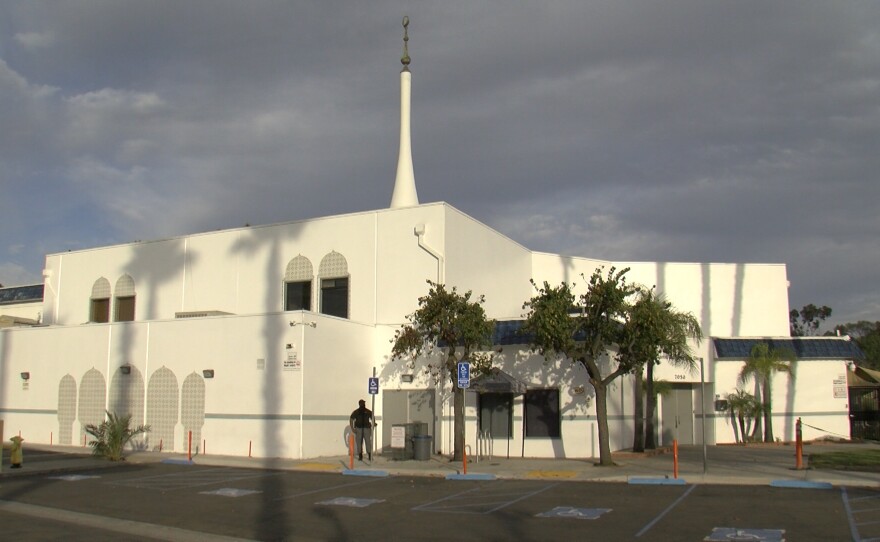How do you take an organization that relies on people coming together, and keep it going during a time when people can’t come together? That question has confronted clergy since the COVID-19 pandemic began.
“God can be worshipped anywhere on earth.”
That statement by Imam Taha Hassane could probably be agreed to by just about every religious leader on the planet.
But of course, when you’re talking about organized religion, it’s not quite that simple.
Hassane leads San Diego’s largest Muslim congregation at the Islamic Center of San Diego in Clairemont.
“At the very beginning, we had no idea about what’s going on and how we should operate,” Hassane said.
What Hassane did not know back then was the mosque portion of the Islamic Center, the large prayer hall, could not be used. That meant, for the time being, coming to terms with a different approach.
“My home should become my house of worship with my family members. Whatever I used to do in the mosque, now I do it at home," Hassane said.
But most Muslims don’t have an imam under their roof, so like countless other members of the clergy, Hassane had to figure out how to take things online. Fortunately, he had some help.
“Thank God we have smart people in the community, young people who are into this technology and in a matter of a few days, they came together and they installed all this system, the online system, so we broadcast live on our YouTube channel, live on Facebook," Hassane said with a smile.
But, there was still some in-person worship.
When the pandemic hit, the Islamic Center, as with many houses of worship throughout the county that have appropriate space, moved their services outdoors. And then more than 3 weeks ago, when San Diego County moved into the purple tier, the Center once again moved their services outdoors, to their playground.
If places of worship are allowed to once again have a limited number of people inside before the pandemic ends, the Islamic Center is ready. There is already tape marking the floor from when they were allowed to have a handful of worshippers inside prior to the county moving into the purple tier.
But now, with vaccines expected to be distributed soon, Hassane is looking to the future, when his entire congregation can once again fill this hallowed space.
But even then, things will never be the same. Lessons have been learned and Hassane said, that’s a good thing.
“We as clergy, as faith leaders, we should not just stay in our comfort zone, in our house of worship, in our offices and wait for people to come to us. We need to learn how to reach them out wherever they are," he said.
In the midst of the unimaginable tragedy of this pandemic, the unspeakable grief suffered by so many — it’s reassuring to think that the re-examination of things once taken for granted has meant they are now cherished, leading to a sense of hope for the world waiting on the other side.







